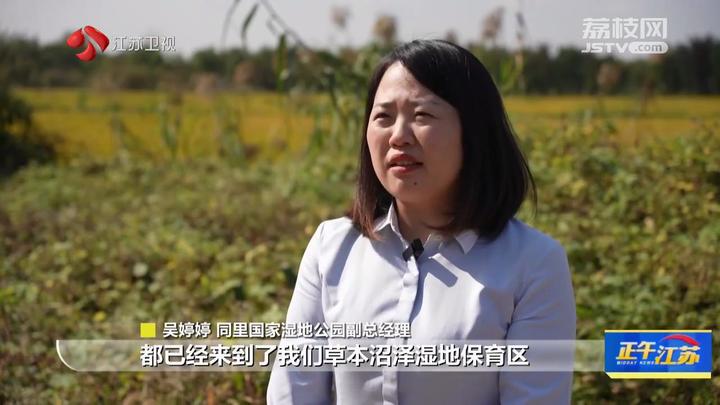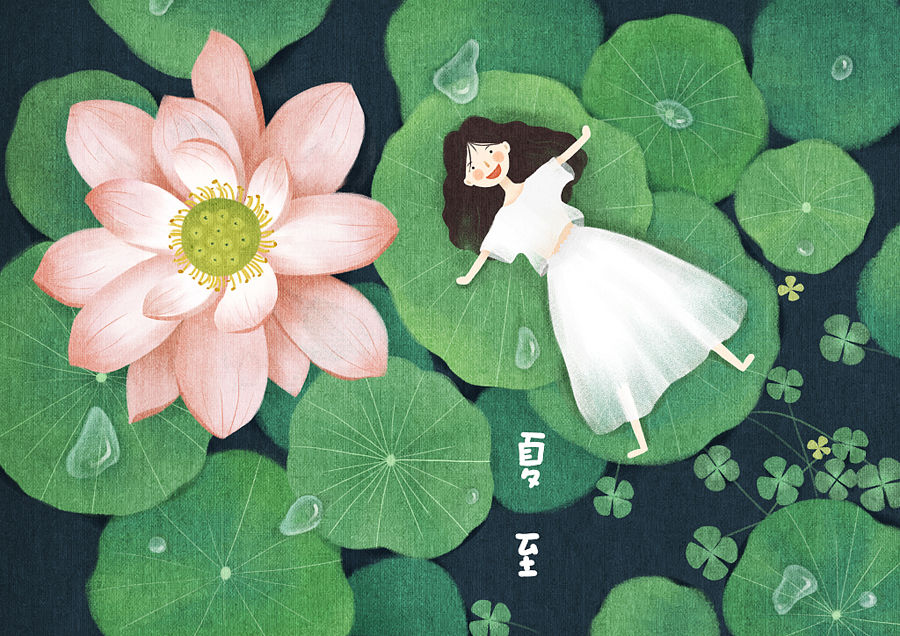Migratory birds have been flying to various parts of Jiangsu to overspend the winter. Let’s take a close look.

“The volunteers from Suzhou Wetland School conduct bird surveys in our park every month. This month, they were observing in the rice field behind me when they found a bird darting out of the field,” Shen Yue, Manager of the Education and Promotion Department of Tongli National Wetland Park, said.
After making comparison, the staff confirmed that this bird is a chestnut bunting that has not been included in the previous bird list of Tongli National Wetland Park.
The chestnut bunting is a bird of the family Bunting, belonging to the genus Bunting. It is slightly smaller in size and prefers open coniferous forests, mixed forests, and deciduous forests with low shrubs.

“During our investigation, we found that the ribbed duck and the northern red-tailed robin have all arrived at our herbaceous swamp wetland conservation area,” Wu Tingting, Deputy General Manager of Tongli National Wetland Park, said.
On Sanshan Island of the Taihu Lake, bird investigators observed 10 rare Ryukyu mountain pepper birds. In the Taihu Lake Wetland Park, they observed two kinds of birds, gray geese and purple longevity belt. At the same time, the number of rare and endangered animals, such as cygnets, kestrels, sparrows and eagles, has also increased steadily.
In recent years, Suzhou has recorded the number of 401 wild bird species in wetlands, and 15 wetlands have reached the international standard for the number of waterfowl in important wetlands.
In the past month, more than 20 types of northern migratory birds, including the white bellied blue flycatcher, yellow bellied mountain sparrow, and gray backed thrush, have arrived at the Slender West Lake in Yangzhou. In addition, rare records of blue songbirds and Arctic willow warblers have been recorded in the Slender West Lake. According to statistics, in the past decade, the number of bird species in Yangzhou has increased from 168 to 311, with an average annual increase of 13 species.






